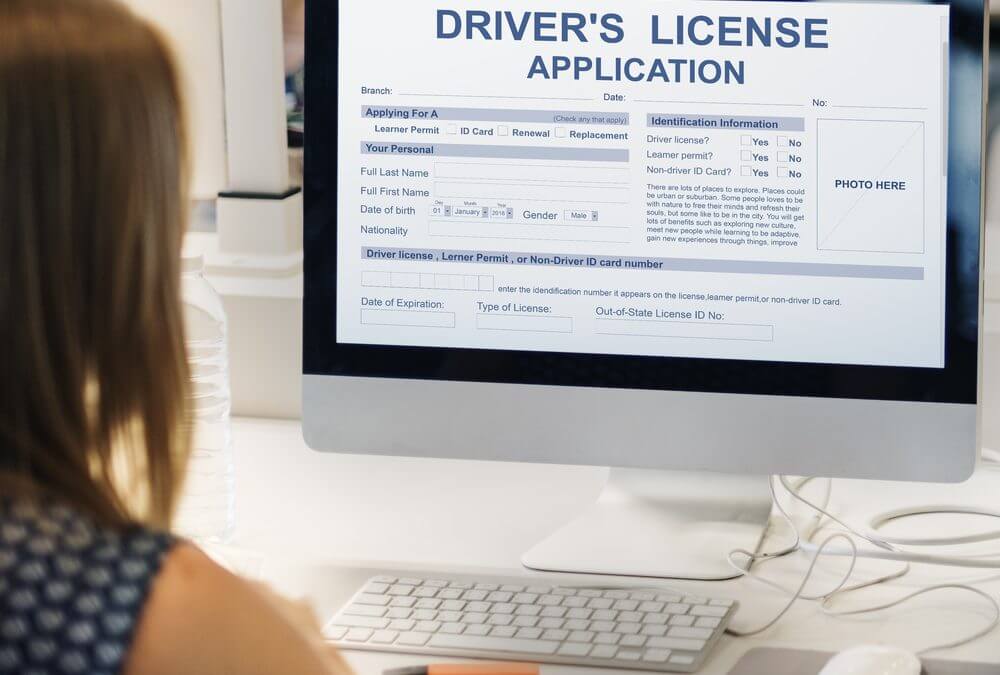There are four steps to becoming great at anything. This includes learning how to drive. It’s my second (and last!) experience training a teen driver. Driver #2 has a different outlook, a few challenges (a few months off due to a surgery which equated to less practice), and less of a desire to even drive. But the goal from Dear-Ole-Dad is the same – a safe driver who can navigate the road with OTHERS who are distracted, texting, or just not capable.
Last night we took the final practice tour. Panic stops. Three-point turns. Parking positional awareness. And a few tests Dear-Ole-Dad cooked up because he loves to think about and practice ways to help people learn more effectively (drive my 5,000-pound pickup truck for the first time; guess the speed with the speedometer covered up; park with the tires on a line; find your way home from a road you’ve never been on).
The final practice wasn’t without mishap. Three-point turns were a challenge because an awareness of the actual location of the wheels hadn’t been mastered. In two panic stops, our lovely car with all the technology and anti-lock brakes screeched the tires twice. The anxiety was building. I could tell that nervousness would play a role in the final exam.
On the way to the DMV, Driver #2 announced, “I’m really nervous.” (I didn’t let on, but so was I). But I repeated what I’ve said so many times to our clients: “It’s when we’re nervous that training kicks in. Just do what you know is right and execute like we’ve practiced.”
“I just hope I don’t have to do a panic stop, and that it stops raining,” she said (we picked a rainy day so the lines would be shorter).
Much to our chagrin, the examiner was all business, didn’t laugh at Dear-ole-Dad’s jokes, and was less than cordial (“Ten times worse than the stereotypical DMV examiner” – although drama and exaggeration are no stranger to this teen).
I’ve used the example of driving many times to compare to the skill of speaking well. It’s the autonomous behavior from training and practice that enables a speaker to focus on audience response, callbacks, the message, and responding to the needs of the audience. It’s finding small, incremental improvements to make and putting yourself in a position to gain experience to handle any occurrence. It takes work to be good.
Oh, and the nerves. I’ve met precious few people who can say they don’t get nervous at all when they have a big talk to give. The final walk-through can add to nerves. Not everything will go smoothly. Anticipation can be the worst part. But the show must go on. Speaking – and driving – are integral parts to our lives and careers in this environment.
But from the examiner’s (that’s the audience!) point-of-view, it’s all about just doing it correctly. Give the right message, in the right time, in the right way, and fix any problems that come up.
Becoming great (at anything) follows a predictable and repeatable process:
- Knowledge – learn what you need to do (Driver’s Ed!)
- Practice – under instruction, focus on repeatable behaviors (drive straight) until they can be done with effort (supervised driving)
- Experience – as competence comes, gain a broader base of capability building on the existing ability
- Constant Improvement – instead of settling for the current ability level, evaluate and seek help to relentlessly improve.
A teenage driver can get somewhere into step three. Enough to let dad give them the keys. But I hope and expect them to get even better.
Oh, the rain did stop. And the examiner didn’t ask for a panic stop. He seemed pleased that he got a “No, I’m just nervous” answer to the “Do you always drive this slow?” question (that’d be like asking a speaker, “Are your words always this confusing?”).
I’m pleased to announce Driver #2 is now in possession of a valid North Carolina license. You might need to be worried about that more than your next chance to speak!
- What skill do you need to practice?
- What new experience would make you better?
- What examiner could you ask for feedback?
- What will it take for you to become great?
Communication matters. What are you saying?
This article was published in the March Edition of our monthly speaking tips email newsletter, Communication Matters. Have speaking tips like these delivered straight to your inbox every month. Sign up today to receive our newsletter and receive our FREE eBook, “Twelve Tips that will Save You from Making a Bad Presentation.” You can unsubscribe at any time.



